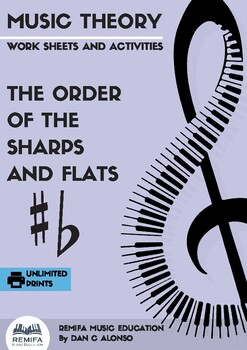
Two notes right next to each other, played together, are difficult to listen to – and it’s with these spaces that composers add the occasional shade of dissonance to juxtapose the light of harmonious sounds.

The dissonant intervals are minor and major seconds (also called tones and semitones) and major and minor sevenths. All music with these intervals sounds ‘harmonious’ and pleasing, rather than dissonant and jarring. Other intervals that typically sound pleasing, safe and resolved to the human ear are major and minor thirds, and major and minor sixths. Most Western melodies are built around a journey between these octave, perfect fourth and perfect fifth interval relationships. The next most pleasing intervals are the perfect fifth and the perfect fourth. And that divide in Western music is prioritised around those intervals that are ‘harmonious’ like the octave.

And once we have this octave, it’s about how we divide that up. Most tuning systems around the world tend to prioritise building music around this most pleasing octave interval. Four cellists play Ravel’s Bolero on just one instrument What are the most ‘harmonious’ intervals?


 0 kommentar(er)
0 kommentar(er)
